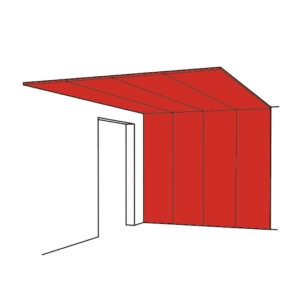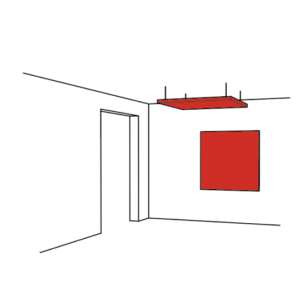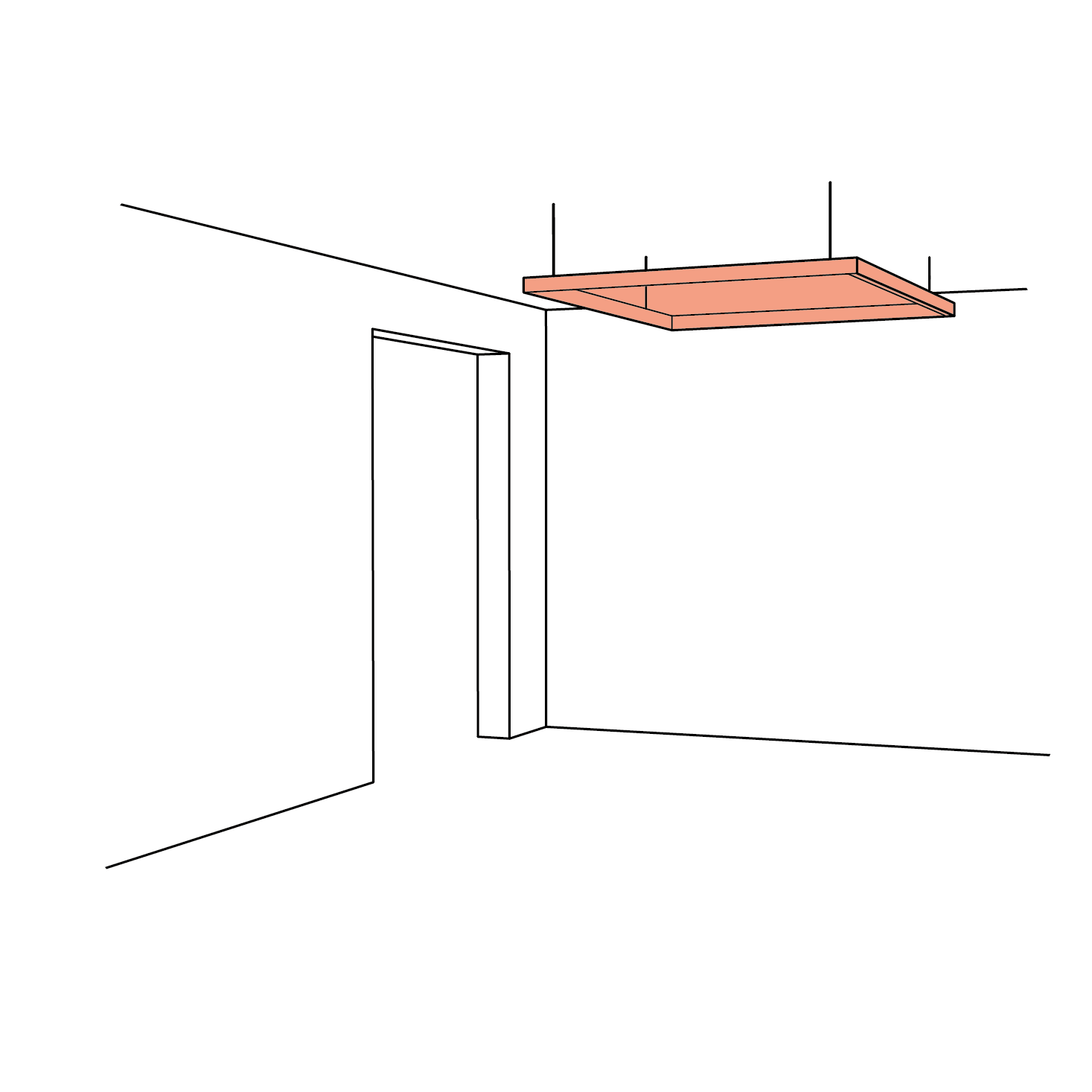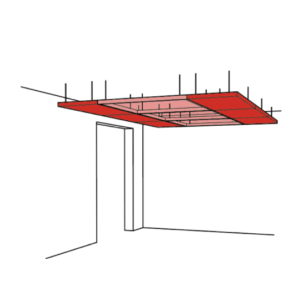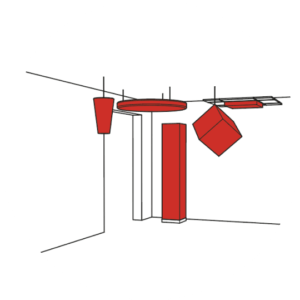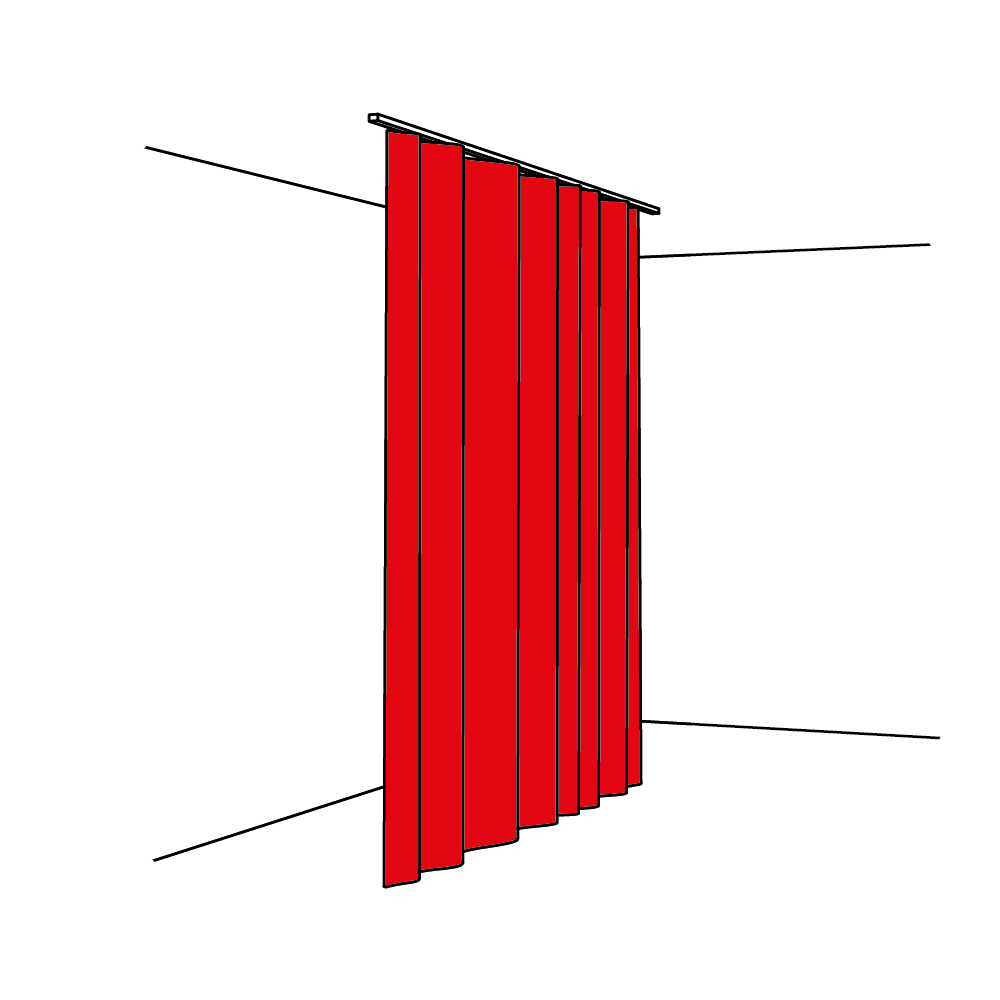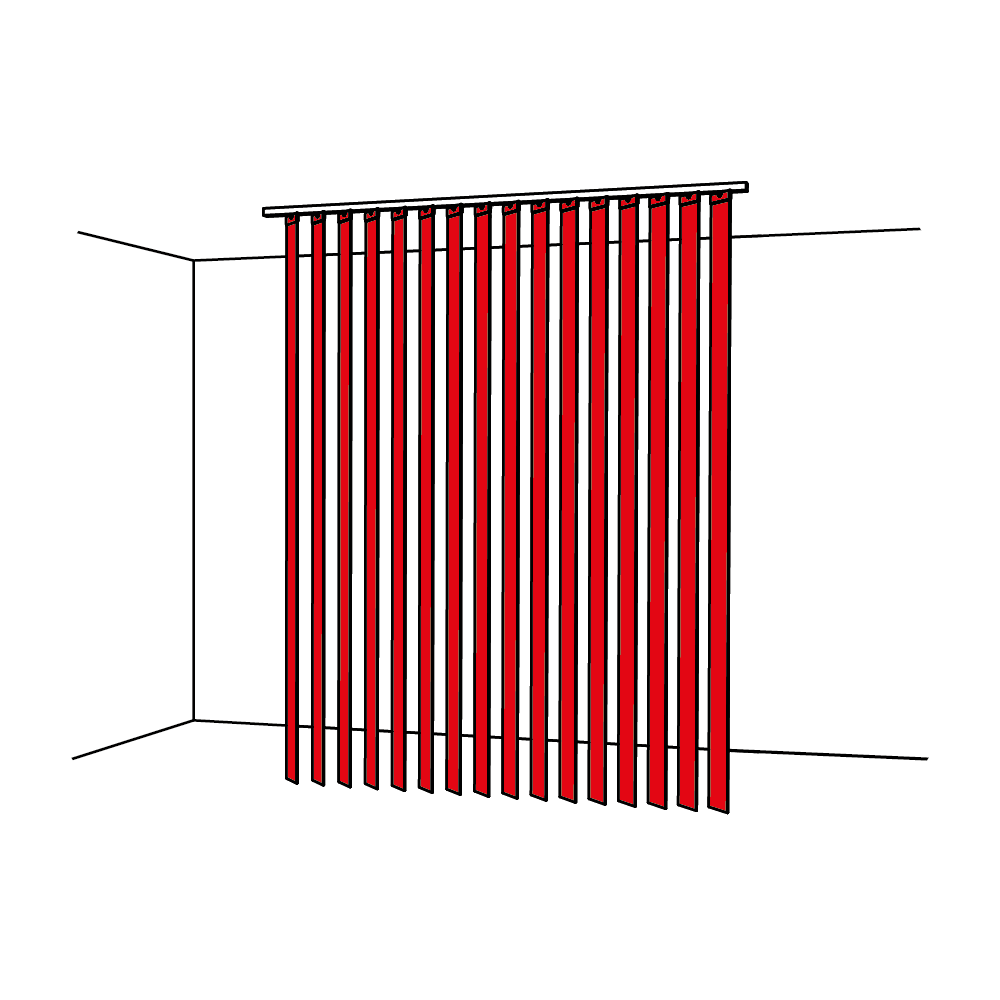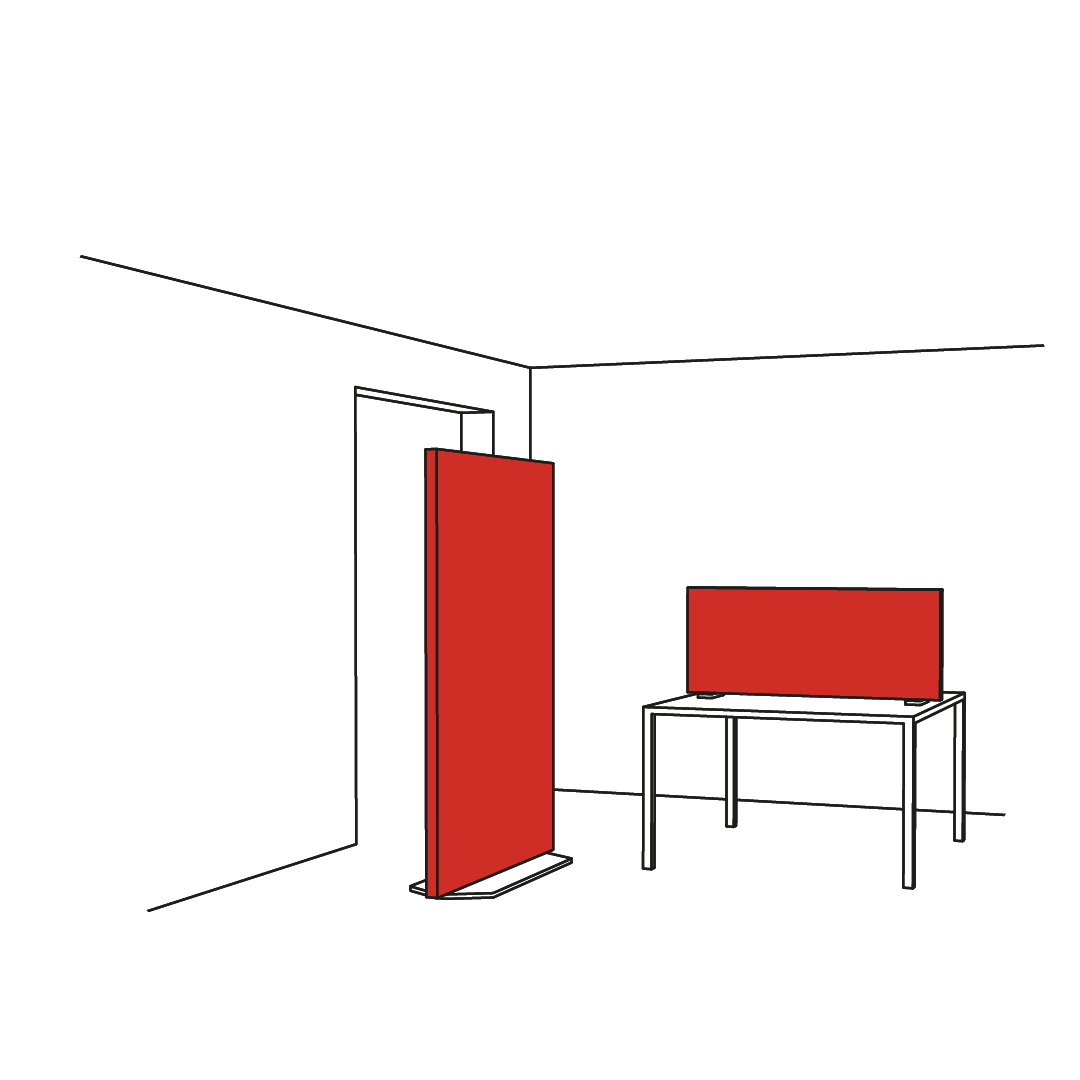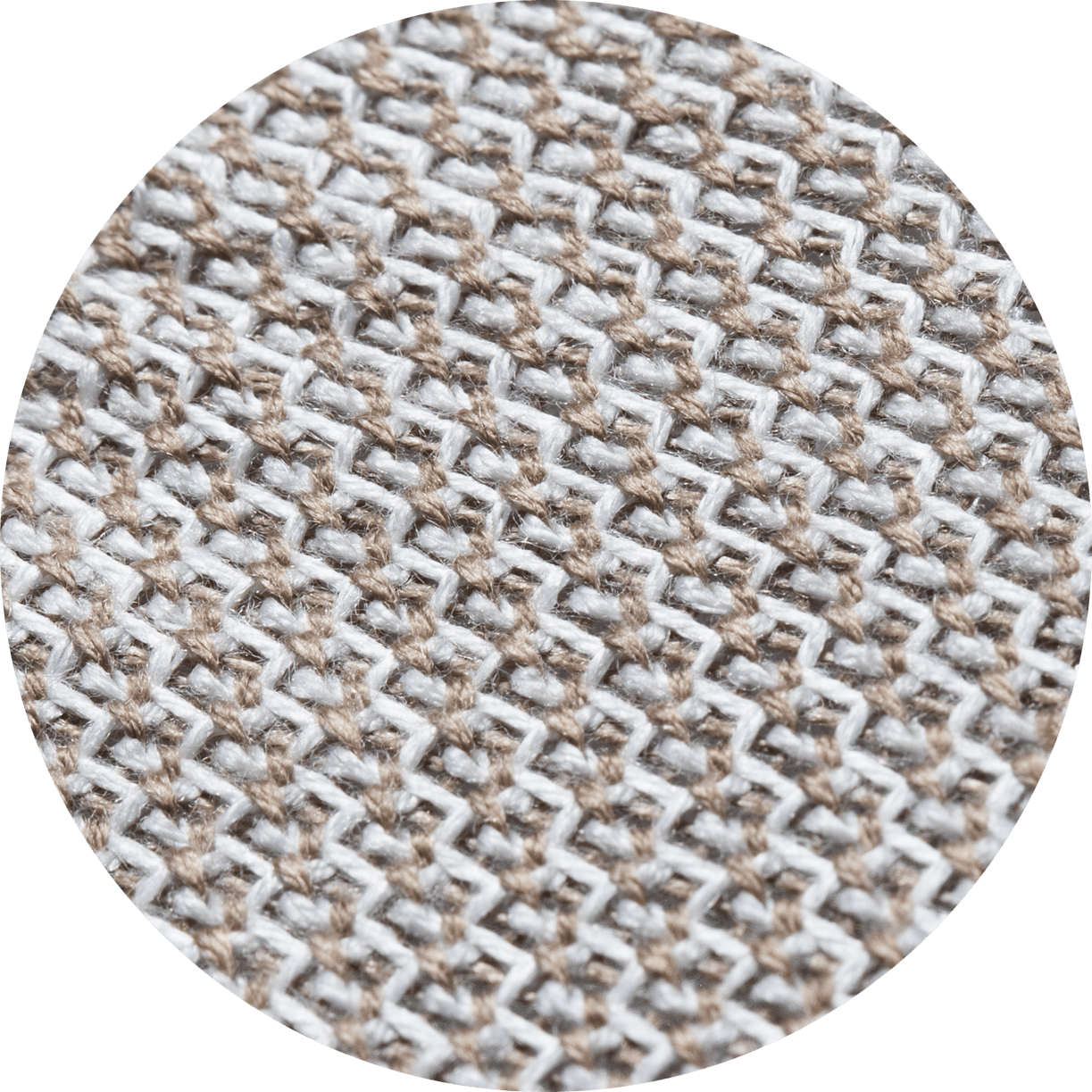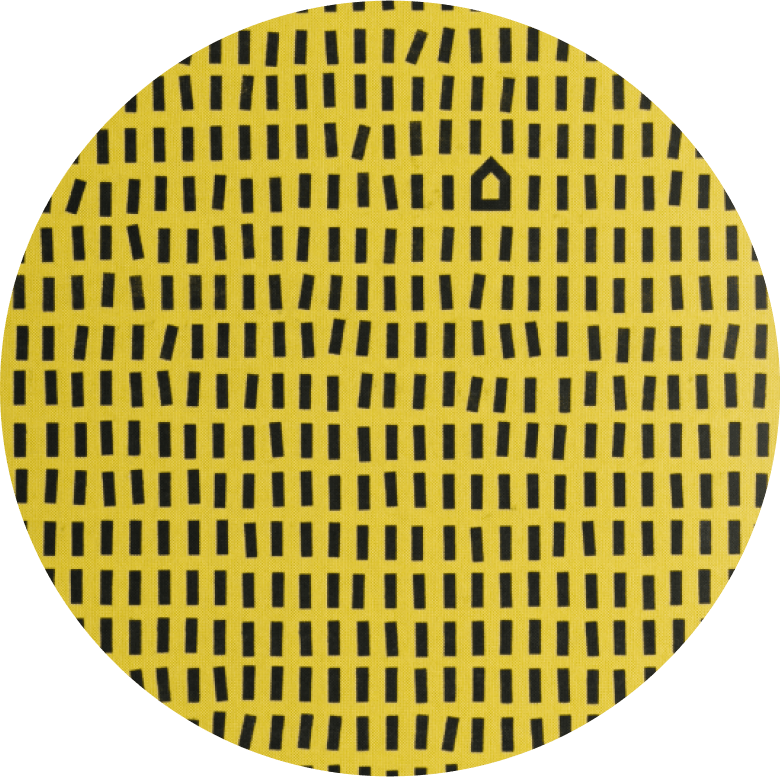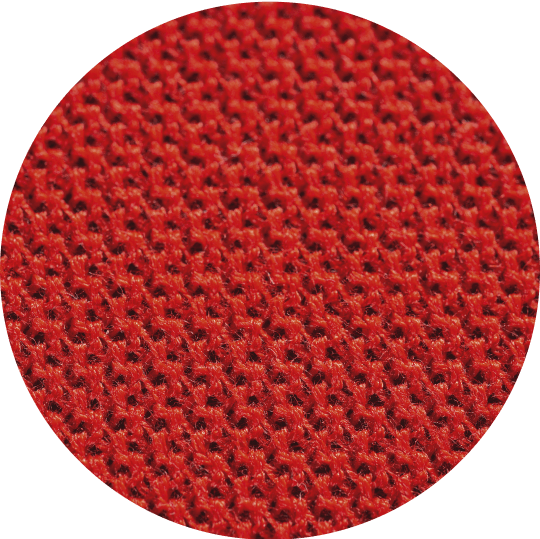Texaa began as a business venture in 1979. At the time I was no longer happy working for the pharmaceutical company I was with, and a friend happened to speak to me about a firm that had been making trimmings for over a hundred years – braid, silk cord, pompons and the like – for local slipper and sandal manufacturers, along with ‘open weave’, heavily sized textiles, like canvas, for the production of bags etc.
Entretien
avec Bernard Demptos
As these fabrics were almost totally sound transparent, they had been laminated onto an early type of pliable polyurethane foam to create what they called ‘acoustic wall coverings.’ The problem was that the shoe industry had hit the doldrums, and was bringing the textile production firm down with it…
At the time I didn’t know much about acoustics, but I was keen to find out more. I had a sort of sixth sense that by investing in this firm and their specialist know-how, I would have the means of making inroads in the construction sector, and that we could make a really important, quantifiable contribution in this field. So I took over the business and let the trimmings side of its activity drop, to concentrate on the acoustic side of things.
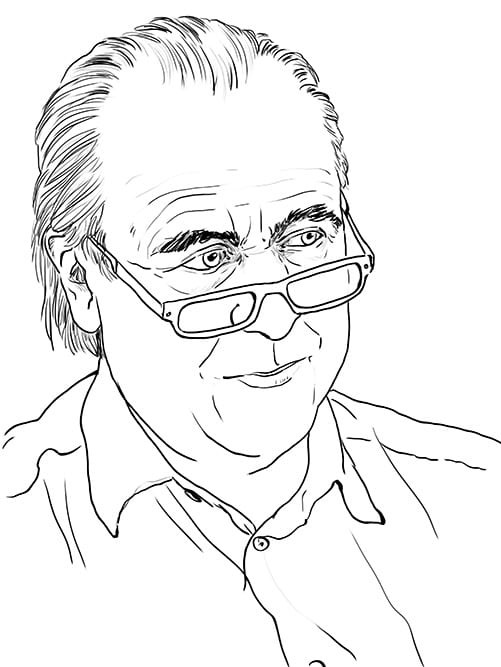
From wall coverings to objects
Our first line was a range of wall coverings on which the company thrived for about ten years. At that point I realised that textile wall coverings were falling out of favour with architects – ‘Is that really the only option?’, they kept asking. In the States, tests had been carried out with rhomboid figures made of fibreglass positioned around the walls of swimming-pools. This was the inspiration behind our own range of noise-absorbing objects. A new type of foam came out, much lighter, far more sound absorbent, and a great deal cheaper than the foams we had been using previously. This encouraged us to work on far thicker acoustic panels which could be positioned strategically on walls or ceilings, but without covering their entirety. This transition, from wall coverings to individual objects, didn’t just happen over night. A lot of thought and research went into it, with the laws of acoustics as its theoretical and conceptual basis, so that we could determine what sort of objects we should be producing and how best to do so.
The highest standards
Some of the first textiles to leave our workshops were used at the Maison de la Radio in Paris to clad the acoustic fixtures which had been installed. That was when we started testing the acoustic efficiency of our wall coverings in the ORTF’s laboratories, which were cutting-edge in their time. When we started to produce objects, this became a far more complex matter – we needed to test their capacity to absorb sound in empty spaces. The only solution was to build our own laboratories, where we could test them ourselves. Rapidly, architects began to take a lively interest in our objects and, with the passing years, we refined and perfected their appearance. Today, they are far from the rough and ready ‘acoustic blobs’ of the early days! These architects invented new creative ways of using them and gradually the range began to blossom. Often, the architects themselves inspired us with new ideas. Take for example Daniel and Patrick Rubin, or Frédéric Druot, who was one of the first people to say to us ‘But this isn’t just a wall covering, it’s a beautifully creative material that architects will be able to appropriate and fashion with their own ideas!’ He was the one who ‘forced’ us to produce the cones and acoustic clouds.
Bordeaux, gateway to the world…
We decided to set up our workshops in the suburbs of Bordeaux, in Gradignan, and we have no intention of delocalising our production. However, I have always had my eye set on conquering the overseas market – it issomething of a family tradition really, and blends in well with Bordeaux’s commercial past. I’ve always been in awe of the astonishing vitality and optimism of countries which burst onto the international trade scene in the wake of the Second World War – South Africa, Australia, California – and with my brothers and sisters, I was brought up in a spirit of admiration for such drive. Today, exports count for a significant percentage of Texaa’s turnover.
Industrial craftsmanship
It’s not something we always manage to achieve, but in general we like to think we are deserving of our best clients, and that we don’t have to depend on the custom of those who aren’t so good. The firm is a cross between craftsman and farmer – we like to get time on our side, and prepare ourselves well in advance for both poor seasons and more fruitful ones. This is hard to maintain in the hostile and aggressive commercial climate of the world today, but we fight to maintain our ethos. Our main concern is the absolute quality of our production – every step counts, even the simplest parts of the process, carried out by those working behind the scenes. The sincerity of our approach is clearly perceptible in our products, especially those which seem endowed with a ‘soul’, and which move us, over and above their purely acoustic function. Something extra has been instilled into them, something which makes them much more than just the sum of their individual parts.
Companions along the way
Foam and fibre manufacturers, textile mills, dyeing and sizing firms are the people we work hand in hand with. Most of our suppliers are companions from the early years and we work in close industrial partnership with them. A real sense of trust and loyalty has been established which takes into account the needs and desires of each partner. When I first began, some thirty years ago, one of our main ‘textile’ suppliers was a well-established and flourishing business with a real command of complex technical production processes. However, over the last few years, companies such as this have gone into rapid decline, and there’s very little we can do but stand and watch in dismay. Europe has neglected its once expert know-how in the field of textile manufacturing and the industry has lost its market, and its expertise with it. My friend, artist Daniel Dartois, really knew what a fibre, a strand of thread was, and how to weave with a high or low warp, or knit with a loom. He initiated me into this world of specialised craftsmanship and helped me get to know textiles more intimately. He produced our first knitted products and for many years also designed our colour range and catalogues. He was the inspirational driving force behind many of our products. He had no preconceived ideas about what constituted ‘good’ or ‘bad’ taste, and was graced with an infinite curiosity which had made him an eminently cultivated man. He also helped us identify our limits, be they human or material, and taught us how to exploit them to the best of our ability, how to strive towards better and better solutions. When he passed away, this way of functioning with the people we work with remained. It is a relationship based in pragmatism and trust. Our partners are always clear about where our limits lie. When the question of building new workshops arose, I asked Alain Triaud for his opinion on the matter. He too was to play a key role in Texaa’s future. He had an objective but benevolent vision of our products, and for many years I always sought his advice. As an architect, his chosen idiom is steel, concrete and glass, and within this framework, our products signify a certain ‘comfort.’ The contrast between the two, a certain austerity, and then a softer sense of comfort, is enticing. When we were looking for a colourist, it was Alain who suggested we ask Christine Bernos, who has been designing our colour ranges for over ten years now.
As for asking a product designer to come and work with us, well, I was really rather hesitant at first. When I first met Guillaume Martin, I made it perfectly clear to him that in no way did I wish to start producing purely ‘design’ objects – their purpose and function was to remain uppermost. But Guillaume has acquired an intimate knowledge of our technical processes and the demands our products must respond to, and has used this as the basis for creating even better objects. He works with Texaa in a spirit of absolute humility and exacting standards and a fruitful partnership has been established.
As for presse papier, the graphic design agency which produces our catalogues, well, what they do is lift the scales from before our eyes – they show us things we would otherwise be blind to.
Texaa needs companions to accompany it along the way and help it progress towards new horizons.
Extrait du catalogue Texaa de 2012
How can I get a quote?
By contacting the Texaa business representative of your region by telephone or e-mail and leaving your contact details and what you need. We will send you a quote promptly.
How can I order Texaa products?
Our products are manufactured in our workshop and made available to order. Just contact the Texaa business representative of your region. If you already have a quote, you can also contact the person handling your order: the name is at the top left of your quote.
How do I get my products installed?
Joiners and upholsterers are the best skilled to install our products easily. We work regularly with some professionals, who we can recommend. If you have a tradesperson, who you trust, we can support him/her. You can find our installation instructions and tips here.
Got a technical question?
All our technical data sheets are here. Your regional Texaa business representative can also help; please feel free to contact him/her.
Can I have an appointment?
Our business representatives travel every day to installation sites and to see our customers. Please feel free to contact them and suggest the best dates and times for you, preferably by e-mail.
Lead times
Our products are manufactured to order. Our standard manufacturing time is 3 weeks for most of our products. Non-standard products take from 5 weeks. We also perform miracles on a regular basis! Please feel free to contact us.
Who should I call?
To get a quote, a delivery time or technical information, we recommend you call your regional Texaa business representative, who you can find here.
Order tracking
If you need information about your order, please contact the person in charge of handling it: the name is at the top left of your quote.

